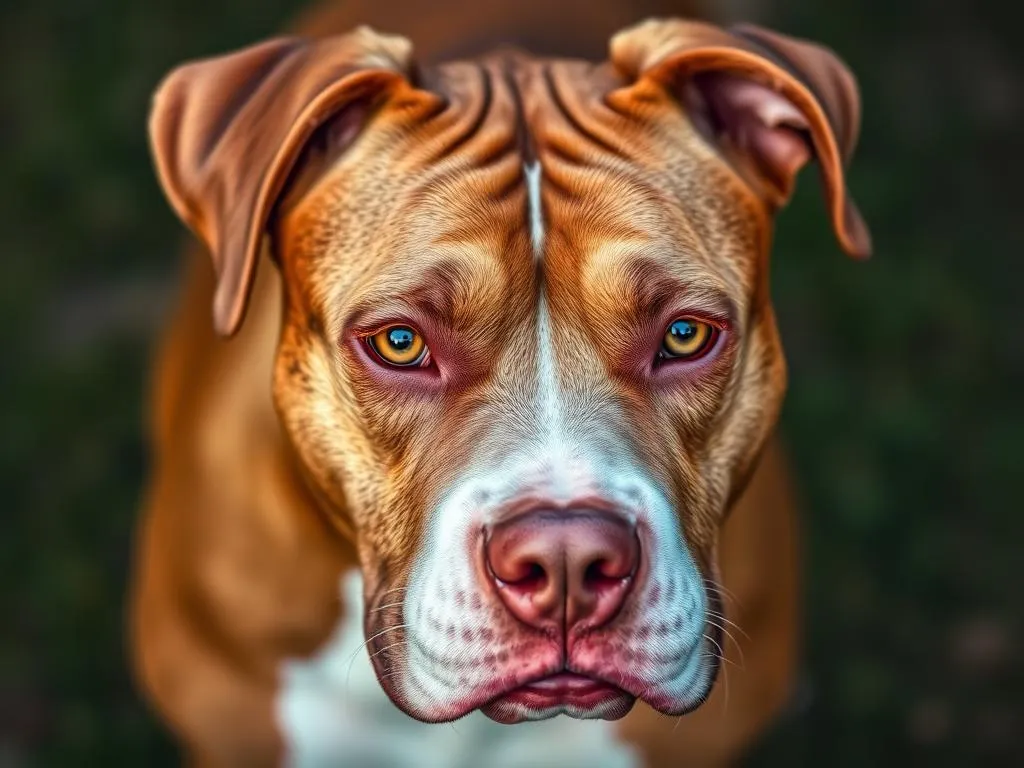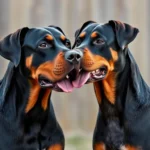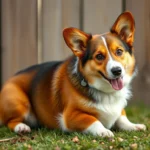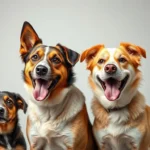
Introduction
Dog breeds play a crucial role in the lives of millions of people around the world. Each breed has its unique characteristics, history, and temperament, making it essential for potential owners to understand their requirements and traits before bringing one into their home. One breed that often garners interest is the Red Nose Pitbull. Known for their distinctive appearance and loyal temperament, these dogs are often misunderstood. Understanding the Red Nose Pitbull is vital for ensuring a harmonious relationship between the dog and its owner.
Understanding Dog Breeds
Definition of a Dog Breed
A dog breed is a group of domesticated dogs with a common ancestry and identifiable characteristics. These traits include size, coat type, temperament, and behavior. Understanding these attributes is essential for potential owners, as they influence how the dog interacts with its environment, other pets, and humans.
Overview of Popular Dog Breeds
The canine world is diverse, with breeds ranging from the tiny Chihuahua to the imposing Great Dane. Some popular breeds include the Labrador Retriever, German Shepherd, and Golden Retriever. Each breed brings different traits and purposes, whether as working dogs, companions, or show dogs. Understanding this diversity helps potential owners choose a breed that fits their lifestyle and expectations.
The Red Nose Pitbull
Historical Background
The Red Nose Pitbull is a variant of the American Pit Bull Terrier, known for its specific genetic traits and historical background. Originating from the British Isles, the breed was developed for bull-baiting and later transitioned to farm work and companionship. The Red Nose variation is distinguished by its reddish coat and distinctive nose color, often seen as a result of a recessive gene. This breed has gained a reputation over the years, often associated with strength and loyalty, but also facing stigma due to misconceptions.
Physical Characteristics
The Red Nose Pitbull typically stands between 18 to 21 inches tall and weighs between 35 to 65 pounds. They possess a muscular build, reflecting their history as working dogs. Their coat is short, smooth, and can range in color from light red to dark mahogany, often with a white patch on the chest or paws. The most striking feature is their nose, which is a deep red color, along with round, expressive eyes that exude intelligence and warmth.
Temperament and Behavior
Red Nose Pitbulls are known for their affectionate and loyal nature. They often form strong bonds with their families and are excellent companions. One common misconception about this breed is that they are inherently aggressive. In reality, their behavior largely depends on socialization, training, and individual temperament. These dogs are intelligent and eager to please, making them highly trainable when approached with positive reinforcement techniques.
Health Considerations
Common Health Issues
Like any breed, Red Nose Pitbulls are predisposed to certain health conditions. Common health issues include:
- Hip Dysplasia: A genetic condition that affects the hip joint.
- Skin Allergies: Sensitivities to various environmental factors.
- Heart Problems: Including cardiomyopathy and other heart conditions.
Regular veterinary checkups are crucial to monitor for these issues and ensure the overall health of the dog.
Lifespan and Care Requirements
The average lifespan of a Red Nose Pitbull is around 12 to 14 years, which is typical for medium-sized breeds. To promote a long and healthy life, proper care is essential. This includes a balanced diet rich in nutrients, regular exercise, and mental stimulation.
Preventative Care
Preventative care is vital for maintaining a healthy Red Nose Pitbull. Regular vaccinations, flea and tick prevention, and heartworm treatments are essential components of their healthcare regimen. A well-balanced diet, coupled with routine exercise, helps prevent obesity and related health issues.
Training and Socialization
Importance of Early Training
Early training is crucial for Red Nose Pitbulls, as it sets the foundation for their behavior throughout their lives. Starting training at a young age helps to curb unwanted behaviors and promotes positive interactions. Recommended training methods include positive reinforcement, such as treats and praise, which encourage good behavior without fear or intimidation.
Socialization Tips
Socialization is vital for the Red Nose Pitbull to develop into a well-rounded dog. Introducing them to various environments, people, and other animals helps reduce anxiety and aggression. Activities can include:
- Puppy classes to meet other dogs.
- Visits to parks for varied experiences.
- Scheduled playdates with other pets.
Behavioral Challenges and Solutions
While Red Nose Pitbulls can be affectionate and loving, they may face behavioral challenges such as aggression or anxiety if not properly managed. Common behavioral issues include:
- Aggression: Often stemming from fear or lack of socialization.
- Separation Anxiety: Can occur if they are overly attached to their owners.
Strategies for addressing these issues involve consistent training, providing a safe space for the dog, and, if necessary, consulting with a professional trainer or behaviorist.
Living with a Red Nose Pitbull
Ideal Environment
Red Nose Pitbulls thrive in environments where they have space to play and exercise. While they can adapt to urban living, they benefit from homes with access to yards or nearby parks. Regular outdoor activities and playtime are essential for their physical and mental health.
Family Dynamics
This breed is known for its compatibility with children and can be gentle and protective. However, supervision is necessary, especially with young children, to ensure safe interactions. When introducing a Red Nose Pitbull to a new family, gradual introductions and positive reinforcement can help create a harmonious atmosphere.
Lifestyle Considerations
Owning a Red Nose Pitbull requires a commitment of time and resources. Daily care routines include feeding, exercising, grooming, and training sessions. Potential owners should also consider the costs associated with dog ownership, including food, veterinary care, grooming, and training expenses.
Adoption and Breeding
Finding a Reputable Breeder
When searching for a Red Nose Pitbull, it’s essential to find a responsible breeder. Key traits to look for include:
- Health clearances for genetic diseases.
- A clean and safe environment for the dogs.
- Willingness to answer questions about the breed and their breeding practices.
Asking about socialization practices and the puppy’s lineage can also provide valuable insight into the dog’s potential behavior and health.
Adoption vs. Buying
Adopting a Red Nose Pitbull from shelters or rescues is a noble choice that can save a life. Many dogs in shelters are looking for loving homes, and adoption can be a fulfilling experience. The adoption process usually involves an application, home visit, and an adoption fee that helps cover the shelter’s costs.
Ethical Considerations in Dog Ownership
Responsible dog ownership includes spaying or neutering your Red Nose Pitbull to prevent unwanted litters and contribute to population control. Understanding the impact of irresponsible breeding practices is essential, as it can lead to health problems and contribute to the stigma surrounding pitbull-type breeds.
Conclusion
In summary, the Red Nose Pitbull is a remarkable breed that deserves recognition for its loyalty, intelligence, and affectionate nature. By understanding their needs, potential health issues, and the importance of training and socialization, prospective owners can ensure a rewarding relationship with their canine companion. Responsible ownership and education about dog breeds are vital for nurturing well-rounded dogs and fostering a positive perception of this often-misunderstood breed.









